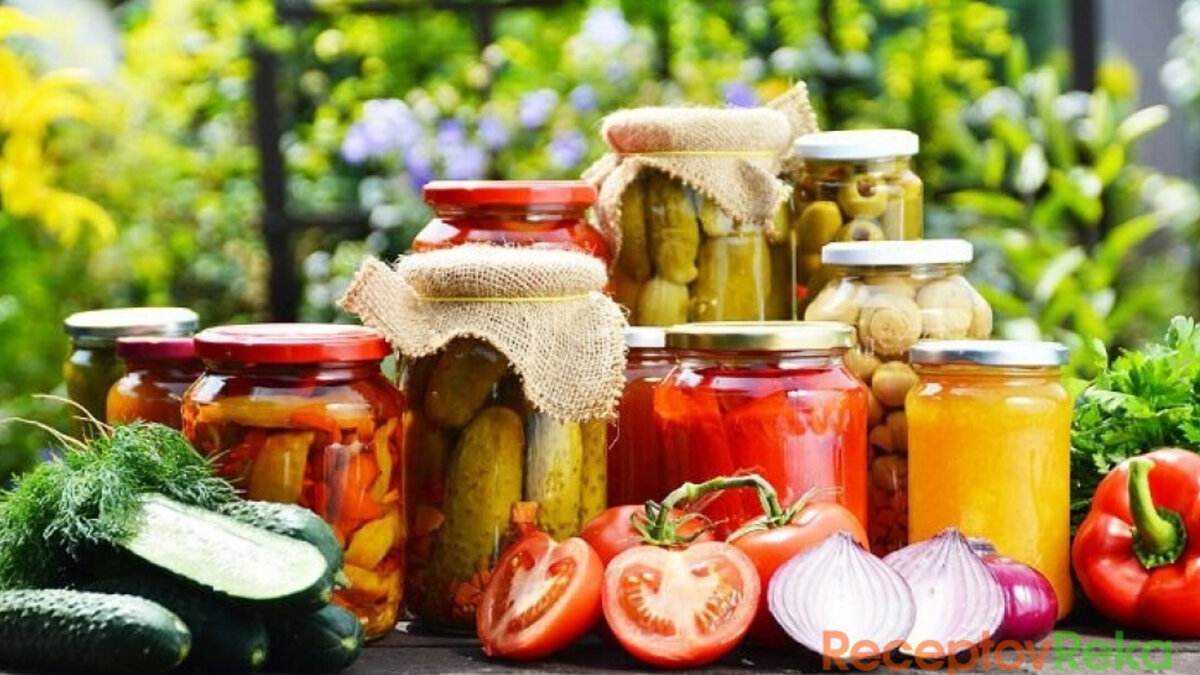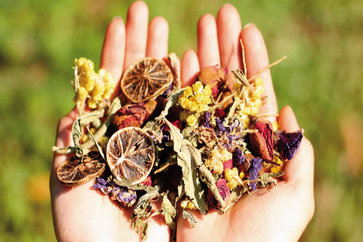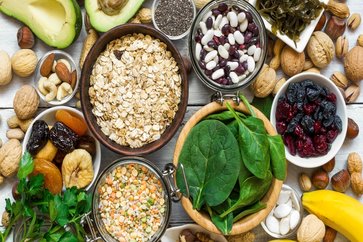Achar: Exploring the Flavors of Indian Pickles
Achar, also known as Indian pickles, is a popular condiment in Indian cuisine. They are made by preserving vegetables, fruits, or even meats in a mixture of oil, spices, vinegar, or lemon juice. Achar adds a burst of flavor to meals and is often enjoyed alongside rice, roti (Indian bread), or as a side dish with various Indian dishes.
The process of making achar involves marinating the chosen ingredients in a blend of spices such as mustard seeds, fenugreek seeds, cumin seeds, turmeric, red chili powder, and asafoetida. The mixture is then stored in airtight containers and left to ferment for a period of time, allowing the flavors to meld together and intensify.
There are numerous varieties of achar available, each with its unique taste and ingredients. Some popular types include mango pickles, lime pickles, mixed vegetable pickles, and garlic pickles. These pickles can range from sweet and tangy to spicy and fiery, catering to different preferences.
Achar not only enhances the taste of meals but also has a long shelf life due to the preservative properties of the spices and oil used in its preparation. It is a beloved part of Indian cuisine, providing a delightful combination of flavors and textures that complement a wide array of dishes.
History of Achar
Achar has a long-standing history in Indian culinary traditions. The art of pickling dates back centuries and was initially developed as a way to preserve seasonal fruits and vegetables.
The process of pickling involved combining these ingredients with a mixture of spices, salt, and oil, resulting in a preservation method that extended their shelf life.
Over time, pickling techniques evolved, and achar became an integral part of Indian cuisine, loved for its intense flavors and ability to elevate a simple meal.
Regional Varieties of Achar
India’s culinary tapestry is adorned with a fascinating array of regional achar variations. Each region showcases its own distinct flavors and techniques, resulting in a delightful tapestry of taste. Let’s take a closer look at some of the regional varieties of achar:
1. North India Achar
In the northern states of India, achar is often characterized by its bold and robust flavors. Here, you’ll find tantalizing combinations of ingredients like mangoes, lemons, and even mixed vegetables, infused with aromatic spices such as fennel, mustard seeds, and kalonji (nigella seeds).
The result is a tangy and fiery achar that pairs perfectly with hearty North Indian dishes like parathas and biryanis.
2. South India Achar
The southern regions of India boast their own unique achar traditions. Lime pickle takes center stage here, where juicy lime wedges are pickled with a fiery blend of red chilies, mustard seeds, and fenugreek.
The tangy and spicy flavors of South Indian achar bring a delightful punch to classic dishes like dosas, idlis, and curd rice.
3. East India Achar
The eastern states of India are known for their love of mustard oil and the pungent flavors it imparts to achar. Mustard oil is used generously in pickles from this region, creating a distinct aroma and a rich taste.
Mustard-based achar varieties, such as mango achar and bamboo shoot achar, are highly popular in East India, lending a unique zest to traditional Bengali meals.
4. West India Achar
The western states of India, including Gujarat and Maharashtra, have their own enticing achar traditions. Achar made from raw mangoes is a favorite here, combined with a melange of spices like cumin, fenugreek, and asafoetida.
These tangy and slightly sweet pickles add a burst of flavor to Gujarati thalis and Maharashtrian delicacies like vada pav and thalipeeth.
5. Central India Achar
Central India celebrates the art of pickling with a range of flavorful achar varieties. Here, you’ll find unique combinations like chili and lime achar, where fiery green chilies are pickled with tangy lime slices. The result is a spicy and tangy condiment that elevates the flavors of central Indian dishes like poha and daal baati.
India’s diverse culinary landscape is reflected in the wide range of achar varieties found across different regions. Each region boasts its unique styles and combinations of ingredients.
From the spicy and tangy lime pickle of South India to the garlic-infused pickle of North India, and from the mango pickle of the western states to the mustard-laden pickle of the eastern regions, the flavors and textures of achar vary significantly, adding depth to the Indian dining experience.
Ingredients and Preparation
Achar is a delightful fusion of carefully chosen ingredients and aromatic spices. The key components typically include fruits or vegetables, such as mangoes, lemons, or chili peppers, which are then mixed with a blend of spices, such as mustard seeds, fenugreek, turmeric, and asafoetida.
The preparation process involves meticulous attention to detail, ensuring the right balance of flavors and the perfect preservation of the ingredients. While traditional homemade achar requires patience and time, the end result is a jar of flavor-packed goodness.
Health Benefits of Achar
Apart from their tantalizing taste, achar also offers several health benefits. The spices and herbs used in achar are known for their medicinal properties.
Many of these spices possess antioxidant and anti-inflammatory properties, aiding digestion, boosting immunity, and promoting overall well-being. Additionally, the fermentation process involved in pickling produces probiotics that support gut health. However, it is important to consume achar in moderation due to its high salt content.
Serving and Pairing
Achar serves as a versatile condiment that complements a wide range of dishes. From rice and lentil-based dishes to bread, meats, and even snacks, achar adds a zesty punch to any meal.
It can be enjoyed as a side accompaniment, a tangy spread in sandwiches, or a flavor enhancer in curries. The combination of achar’s vibrant flavors with the main course creates a culinary experience that tantalizes the taste buds.
Achar in Indian Cuisine
Achar plays a crucial role in Indian cuisine, adding layers of flavor to traditional recipes. It acts as a taste enhancer, providing a balance of sourness, spiciness, and tanginess to various dishes.
In some regions, achar is an essential part of the daily meal, served alongside staple foods like rice, chapati, or dosa. A simple meal can transform into a feast with the addition of a spoonful of achar, bringing forth an explosion of flavors.
Popular Achar Recipes
1. Mango Achar: This tangy and sweet pickle combines raw mangoes with spices like fenugreek, turmeric, and mustard seeds.
2. Lemon Achar: Refreshing and zesty, lemon achar blends the sourness of lemons with a mix of spices, creating a tantalizing flavor profile.
3. Chili Pepper Achar: For those who crave a fiery kick, chili pepper achar packs a punch with its combination of hot peppers and spices.
4. Mixed Vegetable Achar: A medley of vegetables pickled in a flavorful spice mix, this achar offers a burst of textures and tastes.
5. Garlic Achar: Garlic lovers rejoice! This pungent and aromatic achar elevates any dish with its distinct flavor.
Homemade Achar vs. Store-bought Achar
While store-bought achar offers convenience, homemade achar brings a touch of nostalgia and authenticity to the table. Making achar at home allows you to customize the flavors, adjust the spice levels, and experiment with different combinations of ingredients.
Additionally, homemade achar gives you control over the quality of the ingredients used, ensuring a healthier and more flavorful outcome.
Achar: A Culinary Tradition
Achar is not just a condiment; it is a culinary tradition that has been passed down through generations. The art of pickling has been woven into the fabric of Indian culture, connecting people through shared flavors and memories.
The process of making achar often involves family gatherings, where recipes are handed down, and generations come together to create these treasured condiments. Achar is not just food; it is a testament to the rich heritage and traditions of India.
Conclusion
Achar, the beloved Indian pickles, add a burst of flavor to meals and hold a special place in Indian cuisine. From the tangy and spicy mango achar to the zesty lemon achar, these condiments elevate the dining experience with their vibrant taste profiles.
Whether store-bought or homemade, achar brings a touch of tradition and authenticity to every meal, creating unforgettable moments around the dining table.
Frequently Asked Questions (FAQs) on Achar
Q1: Can achar be made with other fruits besides mangoes and lemons?
Yes, achar can be made with a variety of fruits and vegetables such as apples, plums, carrots, and more. The choice of ingredients depends on personal preference and regional variations.
Q2: How long does homemade achar stay fresh?
Homemade achar can stay fresh for several months when stored in a clean and airtight container. It is important to ensure that the achar is not contaminated with moisture or foreign substances.
Q3: Is achar suitable for vegetarians and vegans?
Yes, achar is typically suitable for vegetarians and vegans as it is made from plant-based ingredients. However, it is always advisable to check the ingredients list to ensure there are no animal-derived additives.
Q4: Can achar be consumed by people with dietary restrictions?
Achar contains high amounts of salt and spices, which may not be suitable for individuals with certain dietary restrictions or health conditions. It is best to consult with a healthcare professional if you have specific concerns.
Q5: Where can I purchase authentic Indian achar?
Authentic Indian achar can be found in Indian grocery stores, specialty food stores, and online platforms that offer international food products. It is recommended to read reviews or seek recommendations to ensure the quality and authenticity of the achar.
In Conclusion:
Each region’s achar is a testament to the culinary diversity of India, with its own signature flavors and ingredients. Exploring the regional varieties of achar is like embarking on a gastronomic adventure, where every bite offers a glimpse into the vibrant tapestry of Indian cuisine.


























